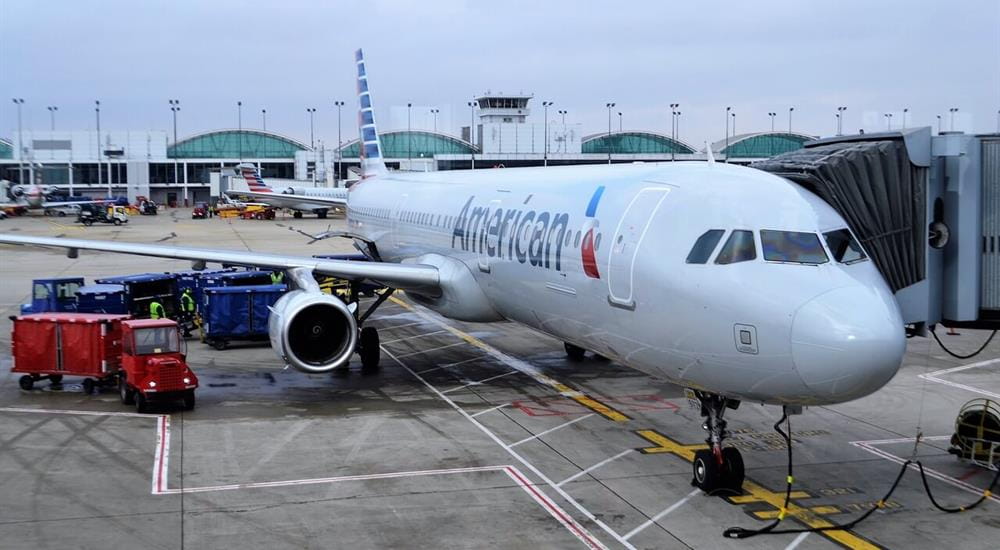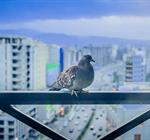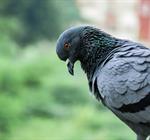
25 May 2018 | Apex Environmental Services (UK) Ltd
All types of properties require some form of bird and pest control, but some environments are more hazardous than others. Airfields, in particular, require effective bird control to ensure the safety of staff, crew and passengers.
A bird strike or bird hit can be catastrophic for planes, as well as dangerous for the people on-board. Avian ingestion can occur if a bird is sucked into an aircraft’s engine, and this can result in mechanical failure, damage and, in worse case scenarios, crashes.
It’s estimated that over 90% of bird strikes occur near airports or airfields. Due to this, airfields must take a proactive approach to bird control and aim to facilitate a bird-free environment at all times.
Removing Birds From An Airfield
One of the most effective ways of achieving airfield bird control is via bird hawking or bird scaring. These methods of bird control effectively encourage birds to migrate to another location. When birds become aware of a predator nearby, they will naturally want to avoid the perceived threat. By flying predatory birds, such as hawks, in strategic locations, our bird scaring control methods remove birds from the environment.
Although bird scaring relies on the threat of a predator to encourage the birds to move on, they are not subject to any form of harm. Birds of prey are not used to harm the birds in any way. Instead, they are used to prompt the bird’s natural survival instincts and to prevent other birds from taking up residency in the area.
While bird hawking is an effective form of pest control, other measures can also be used to facilitate bird scaring. Kites, pyrotechnics and firing blank shots can also threaten birds, without causing them harm. These methods of bird control can be used in isolation or in conjunction with bird hawking to ensure birds are removed from the airfield and surrounding areas.
Protecting The Airfield
Birds can pose a significant safety risk if they are allowed to roost or congregate on an airfield. In addition to this, they can cause untold damage to property surrounding the airfield, as well as to planes themselves.
If birds are allowed to damage properties surrounding the airfield, it can have a disastrous effect on productivity. Furthermore, employees should not be subject to the threat of illness and disease birds can bring. It’s essential, therefore, that businesses operating at airfields engage in effective bird control.
Depending on the type of buildings surrounding the airfield, various measures can be used to prevent birds from nesting or roosting in the area. Anti-bird mesh systems, along with anti-bird spikes and netting, can be used to create a bird-free environment in practically any location.
In addition to this, anti-bird mesh, netting and spikes can be removed when necessary. If sporadic access to certain buildings on the airfield is required, bird control measures can be temporarily removed and replaced, as needed.
To find out more about airfield bird control, contact Apex Environmental Services today.


